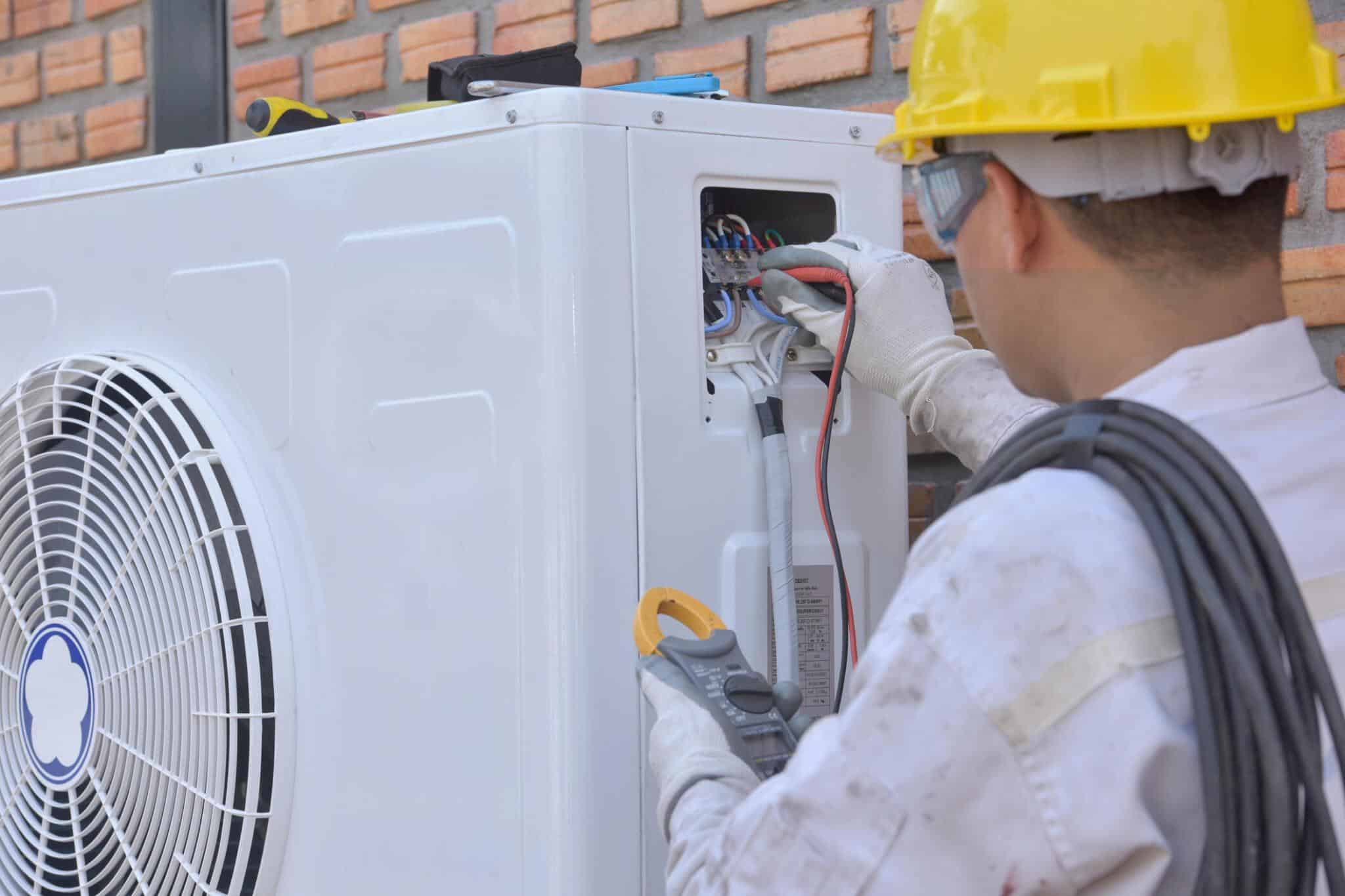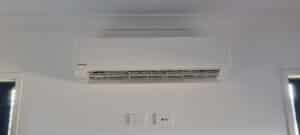When you’re faced with replacing ductwork, you might wonder if a general contractor can handle the job or if you should specifically call an HVAC contractor. While general contractors have a broad skill set in managing construction projects, HVAC contractors bring specialized knowledge crucial for ensuring that your ductwork is efficient and compliant with safety standards. Understanding the intricacies involved in ductwork replacement can make a significant difference in performance and energy costs.
So, what’s the best approach for your home? Let’s explore the nuances of each option and help you make an informed decision.
Understanding General Contractors
A general contractor manages construction projects, coordinating various trades and ensuring everything runs smoothly from start to finish. When you hire a general contractor, you’re getting someone who takes charge of the entire building process, from planning and budgeting to scheduling and quality control.
They work closely with subcontractors, vendors, and suppliers, making sure everyone’s on the same page. You can rely on them to handle permits and inspections, keeping your project compliant with local regulations. Their expertise in project management allows you to focus on your vision without getting bogged down by the details.
While they oversee the big picture, you’ll appreciate their ability to troubleshoot issues that arise during construction.
Role of HVAC Contractors
How crucial is the role of HVAC contractors in ensuring your home’s heating and cooling systems function efficiently?
These professionals are trained specifically to install, maintain, and repair HVAC systems. They understand complex systems like air conditioning, heating units, and ventilation, ensuring optimal performance and energy efficiency.
When you face issues such as poor airflow or inconsistent temperatures, an HVAC contractor can diagnose the problem accurately. They also stay updated on local codes and regulations, ensuring your system complies with safety standards.
Ductwork Replacement Complexity
Replacing ductwork involves various complexities that can significantly impact your HVAC system’s overall efficiency and performance.
First, you need to consider the layout of your home; existing structures may limit access to certain areas, making replacement tricky.
You’ll also have to choose the right materials, as duct types can affect airflow and energy efficiency.
Additionally, precise measurements are crucial; even small errors can lead to air leaks, reducing system performance.
You should also account for local building codes and regulations, ensuring compliance throughout the process.
Finally, proper sealing and insulation are essential to maintaining temperature control and preventing energy loss.
These complexities underscore why it’s often best to consult an HVAC contractor for this critical task.
Comparing Skills and Expertise
Understanding the distinct skills and expertise of a general contractor versus an HVAC contractor is crucial for making informed decisions about ductwork replacement.
General contractors excel in managing various construction projects, overseeing timelines, and coordinating different tradespeople. They bring a broad understanding of building codes and renovation processes, but they might lack specialized knowledge regarding HVAC systems.
On the other hand, HVAC contractors are trained specifically in heating, ventilation, and air conditioning systems. They possess in-depth knowledge of ductwork design, airflow dynamics, and energy efficiency. Their expertise ensures that your new ductwork will function optimally with your HVAC system.
Making the Right Choice
Choosing between a general contractor and an HVAC contractor for your ductwork replacement hinges on the specific needs of your project and the expertise required.
If your ductwork issue is part of a larger renovation, a general contractor might be more convenient since they can manage multiple aspects of the project.
However, if your system needs precise adjustments or specific HVAC knowledge, an HVAC contractor is the better choice. They understand the complexities of heating and cooling systems, ensuring your ductwork is installed correctly for optimal efficiency.
To make the right decision, consider the scope of your project, the specific skills needed, and whether you need specialized knowledge. This way, you’ll ensure your ductwork replacement goes smoothly and effectively.
Frequently Asked Questions
What Qualifications Should I Look for in an HVAC Contractor?
When choosing an HVAC contractor, it is important to consider several factors. First, look for proper licensing, certifications, and experience. Check reviews and ask for references to ensure their reputation and quality of work. It is also crucial to verify that they provide warranties for their services and are knowledgeable about your specific heating and cooling needs.
Having a reliable HVAC contractor is essential for maintaining a comfortable and efficient home environment. By taking the time to research and select the right professional, you can ensure that your heating and cooling systems are in good hands and will continue to operate effectively for years to come.
How Long Does Ductwork Replacement Typically Take?
Ductwork replacement usually takes one to three days, depending on your home’s size and complexity.
You will want to ensure your contractor’s schedule aligns with your needs for a smooth, efficient process.
What Signs Indicate That My Ductwork Needs Replacement?
If you notice poor airflow, increased energy bills, or unusual noises, your ductwork might need replacement.
Additionally, look for visible damage or mould, as these signs indicate it’s time to consider a replacement.
Can I Install Ductwork Myself to Save Money?
You can install ductwork yourself to save money, but it’s challenging. You’ll need proper tools, knowledge of building codes, and experience to ensure efficiency and safety.
Consider hiring a professional if you’re unsure.
What Are the Costs Associated With Ductwork Replacement?
When considering ductwork replacement, you’ll face costs like materials, labour, and potential permits.
Generally, expect to spend between $1,000 and $5,000, depending on your home’s size, duct complexity, and local labour rates.
Conclusion
When it comes to replacing your ductwork, it’s best to call an HVAC contractor rather than a general contractor. Their specialized knowledge and experience ensure that your system operates efficiently and meets safety standards.
While general contractors manage various projects, they lack the in-depth understanding of HVAC systems that an HVAC expert has. So, for the best results and peace of mind, trust the professionals who know ductwork inside and out.



